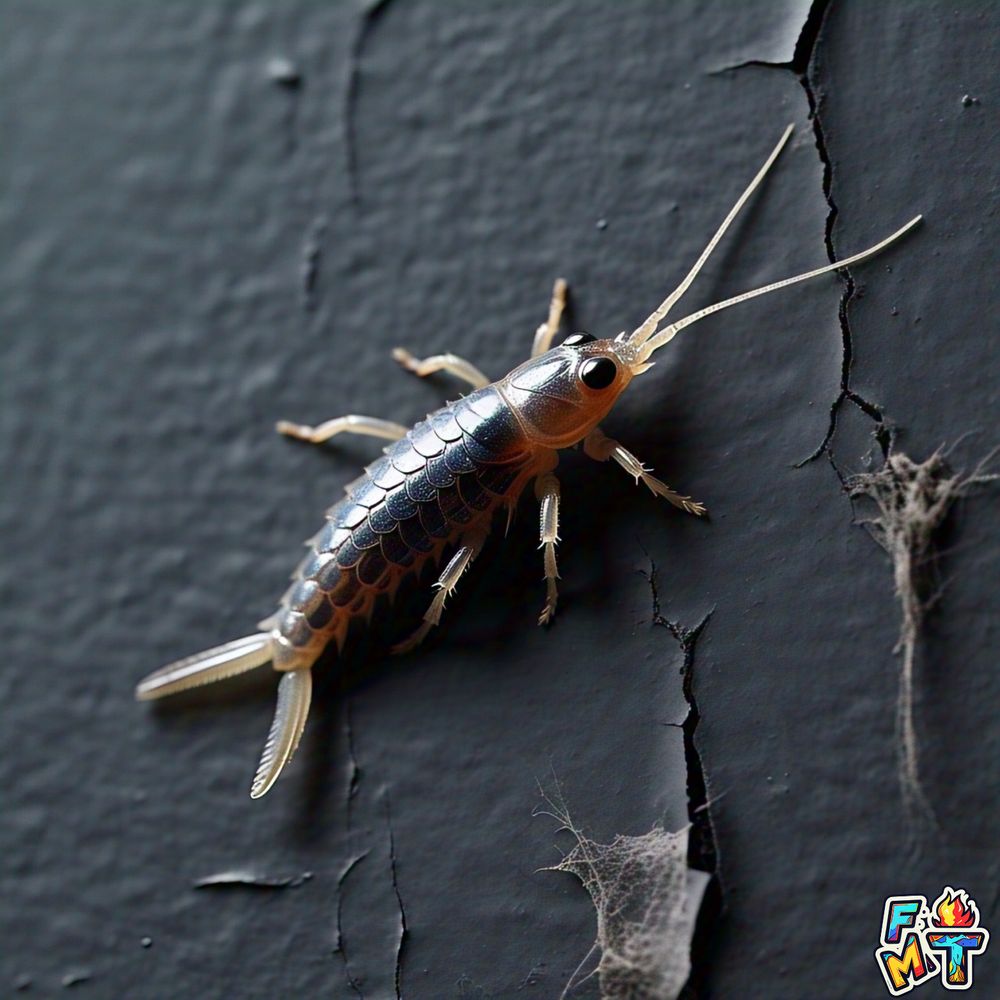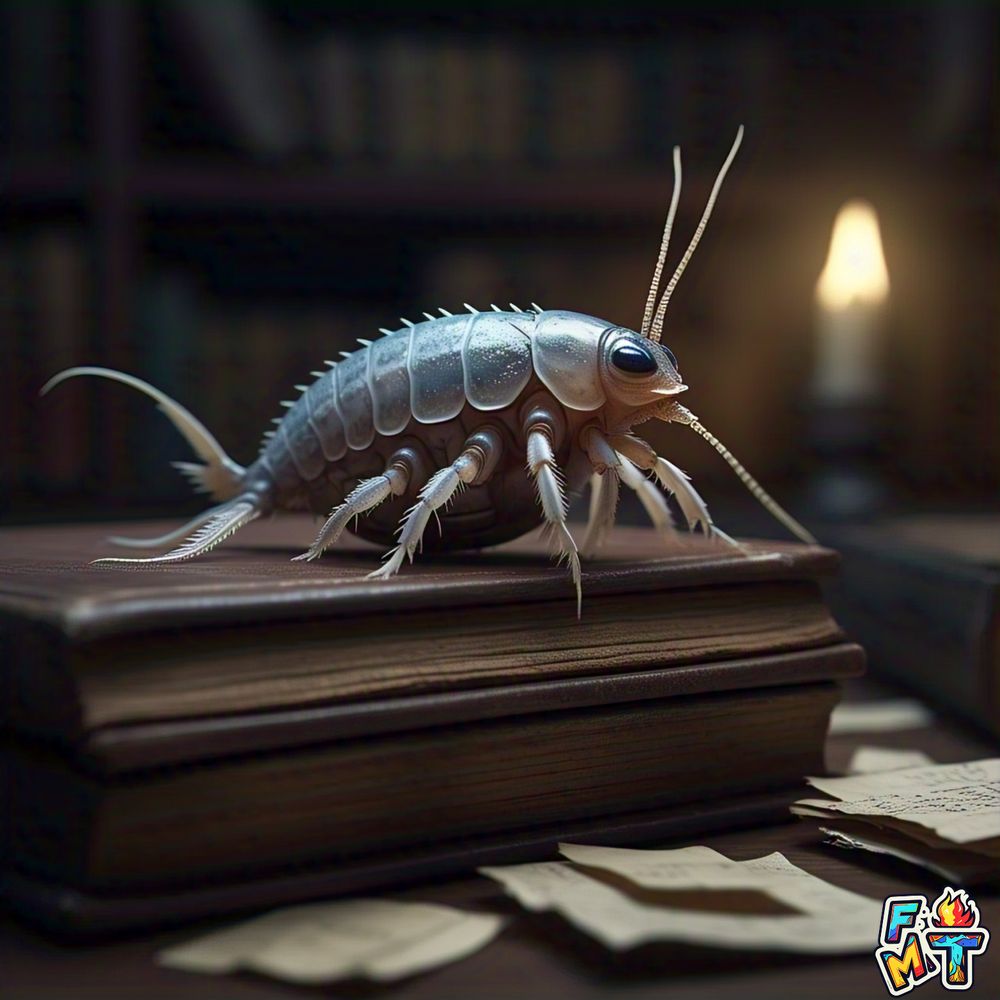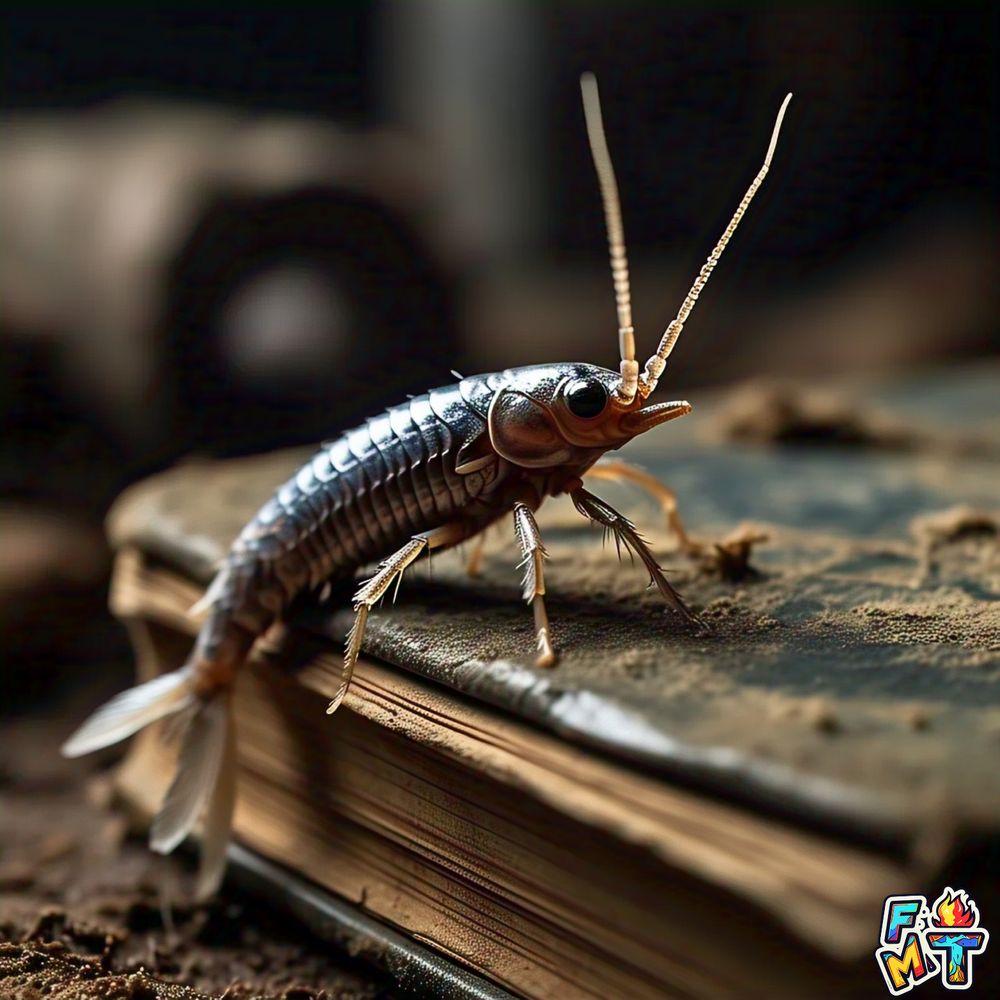Blog
How to Get Rid of Silverfish?
How to Get Rid of Silverfish
: A Comprehensive Guide
Silverfish are pesky little insects that can cause significant damage to your belongings if not properly managed. These nocturnal creatures are typically found in dark, humid environments, and they tend to invade homes looking for food and shelter. If you’re dealing with a silverfish infestation, it’s essential to take immediate action to prevent further damage and ensure your home is free of these destructive pests. This guide will provide you with effective ways to get rid of silverfish, prevent future infestations, and answer common questions about these creatures.
I. Understanding Silverfish
A. What Are Silverfish?
Silverfish are small, wingless insects known for their fish-like appearance and rapid, wriggling movements. Typically measuring between 12 to 19 mm in length, they have silvery-gray scales that give them their name. These insects have long antennae and distinctive, slender bodies, making them easily recognizable once spotted.
Silverfish are nocturnal and tend to hide during the day, often emerging at night in search of food. They thrive in humid conditions and are commonly found in basements, kitchens, bathrooms, and attics—places where moisture levels tend to be high.
B. Life Cycle and Reproduction
Silverfish can live for up to 8 years under the right conditions. Their lifespan is highly dependent on environmental factors like temperature and humidity. Females lay eggs in secluded, damp areas, with each egg cluster containing up to 50 eggs. These eggs hatch into small nymphs, which resemble adult silverfish but are smaller and lack the full body shape.
Silverfish reproduce at a rapid pace, and under ideal conditions, populations can quickly grow and lead to large infestations.
II. Identifying Silverfish Infestations
A. Signs of Infestation
If you suspect that you have a silverfish infestation, here are some common signs to look out for:
1. Physical Sightings
The most obvious sign of an infestation is the sightings of live silverfish. These pests are often seen scurrying across floors, walls, or ceilings at night, making them difficult to spot during the day.
2. Damage to Belongings
Silverfish are known to feed on a variety of materials, including paper, fabrics, glue, and even food. Some common signs of damage include:
- Irregular holes or notches in books, wallpaper, and stored food packages.
- Yellowish stains on affected materials.
- Tiny black droppings resembling pepper flakes near damaged items.
B. Areas to Inspect
If you’re trying to locate the source of a silverfish infestation, focus on areas that are often dark, moist, and cluttered. Check the following places:
- Basements and attics, where moisture levels tend to be higher.
- Kitchens, where silverfish may feed on food crumbs or starches.
- Bathrooms, particularly around sinks, tubs, and toilets where water accumulates.
- Closets, bookcases, and storage boxes, where paper, fabrics, and books may be at risk of being damaged.

III. Causes and Risk Factors of Silverfish Infestations
A. Environmental Factors
Silverfish thrive in high-humidity environments. If your home has excessive moisture, you’re at risk of attracting silverfish. Common causes of increased moisture include:
- Leaky pipes and poor ventilation.
- Basements and attics that are prone to dampness.
- Rooms without proper ventilation or airflow, such as bathrooms and kitchens.
B. Structural Issues
Silverfish often enter homes through cracks, gaps, and crevices. These insects are very adept at finding tiny entry points to infiltrate your home. Common structural issues include:
- Cracks in walls, floors, and foundations.
- Unsealed windows and doors.
- Ventilation openings that are not properly sealed.
If you have wooden structures or cellulose-based materials in your home, these can serve as an attractive food source for silverfish.
IV. Effective Methods to Eliminate Silverfish
A. Environmental Controls
1. Reduce Humidity
Silverfish love humidity. The first step in controlling a silverfish infestation is to reduce moisture in your home. Follow these steps to create an environment that is less hospitable to silverfish:
- Use dehumidifiers to maintain humidity levels below 50%.
- Ensure proper ventilation in areas prone to moisture, such as bathrooms, kitchens, and basements.
- Fix leaky pipes and repair any moisture-related issues in your home immediately.
2. Declutter and Clean
Silverfish thrive in cluttered environments where they can easily hide. Regularly clean your home to reduce hiding spots for these pests. Here’s how:
- Vacuum carpets, rugs, and upholstery regularly to remove food crumbs, silverfish eggs, and larvae.
- Store items in airtight containers, especially in closets and basements, to protect them from silverfish.
- Dispose of unnecessary paper and old books, as these are common food sources for silverfish.
B. Natural Remedies
1. Homemade Traps
You can create simple traps using starchy foods like bread or potatoes. Place the food in a glass jar with a smooth surface, so silverfish can crawl in but can’t escape. Check the traps regularly and dispose of any captured pests.
2. Essential Oils and Natural Repellents
Some essential oils can naturally repel silverfish. Here’s how to use them:
- Cedar oil, lavender, and citrus are all effective at keeping silverfish away.
- Place cotton balls soaked in these oils around areas of high silverfish activity, such as basements and bathrooms.
3. Bay Leaves
Place dried bay leaves in your closets, pantry, and bookshelves. The scent will act as a deterrent to silverfish and help keep them at bay.
C. Chemical Treatments
1. Insecticides
If natural methods aren’t enough, you can use chemical insecticides specifically formulated for silverfish control. Always read the label and follow manufacturer instructions to ensure the safety of your family and pets.
2. Boric Acid
Another effective method is to use boric acid. Simply sprinkle it in areas where silverfish are active. Boric acid is toxic to silverfish but should be used cautiously around pets and children.
3. Diatomaceous Earth
Food-grade diatomaceous earth is a natural solution that works by dehydrating silverfish. Sprinkle it around the affected areas, and allow it to work its magic. Be sure to vacuum up the powder after a few days.
D. Traps and Baits
1. Commercial Sticky Traps
You can buy sticky traps from stores that are designed specifically for silverfish. Place them in areas where silverfish are most likely to travel. Check the traps regularly and replace them as necessary.
2. Poison Baits
You can also use poison baits available at pest control stores. These attract silverfish and poison them upon consumption. Make sure the bait is placed in areas that are inaccessible to pets and children.

V. Preventing Future Silverfish Infestations
A. Seal Entry Points
After eliminating silverfish, prevent future infestations by sealing all potential entry points. Ensure that:
- Cracks and crevices in walls, floors, and windows are properly sealed.
- Ventilation openings are secured, and door sweeps are installed.
B. Maintain a Clean, Dry Environment
- Regularly clean and declutter your home.
- Maintain low humidity and ensure proper ventilation.
VI. When to Seek Professional Pest Control Assistance
While DIY methods can be effective, sometimes a professional pest control service may be necessary, especially if the infestation is large or persistent. Professionals have access to more potent treatments and can identify hidden nests or breeding grounds that might be missed in a DIY approach.
VII. Frequently Asked Questions (FAQs)
1. What attracts silverfish to my home?
Silverfish are attracted to dark, moist, and humid areas, as well as places with food sources like paper, fabric, and starch. Poor ventilation and leaky pipes can also make your home more attractive to silverfish.
2. Can silverfish cause significant damage?
Yes, silverfish can cause damage to books, clothing, wallpapers, and stored food. They feed on materials that contain starch or cellulose, making them particularly harmful to paper products and fabrics.
3. Are silverfish harmful to humans?
Silverfish are not dangerous to humans directly, but their presence can be an indication of a moisture problem that could lead to mold growth. In some cases, silverfish may trigger allergic reactions in sensitive individuals.
4. How long does it take to get rid of silverfish?
The timeline depends on the extent of the infestation and the methods used. With consistent effort, it may take anywhere from several weeks to a few months to fully eliminate silverfish from your home.

VIII. Conclusion
Getting rid of silverfish requires persistence, patience, and the right methods. By following the steps outlined in this guide—ranging from reducing humidity to using natural remedies and chemical treatments—you can reclaim your home from these damaging pests. Remember to keep your environment clean, dry, and free of clutter to prevent future infestations. If the problem persists, don’t hesitate to call in a professional pest control service.
By understanding the signs of infestation, knowing the causes and risk factors, and employing a combination of effective methods, you can get rid of silverfish once and for all.
Please visit Dinounicorn.com or Freshmilktee.com to support us. Thank you!

